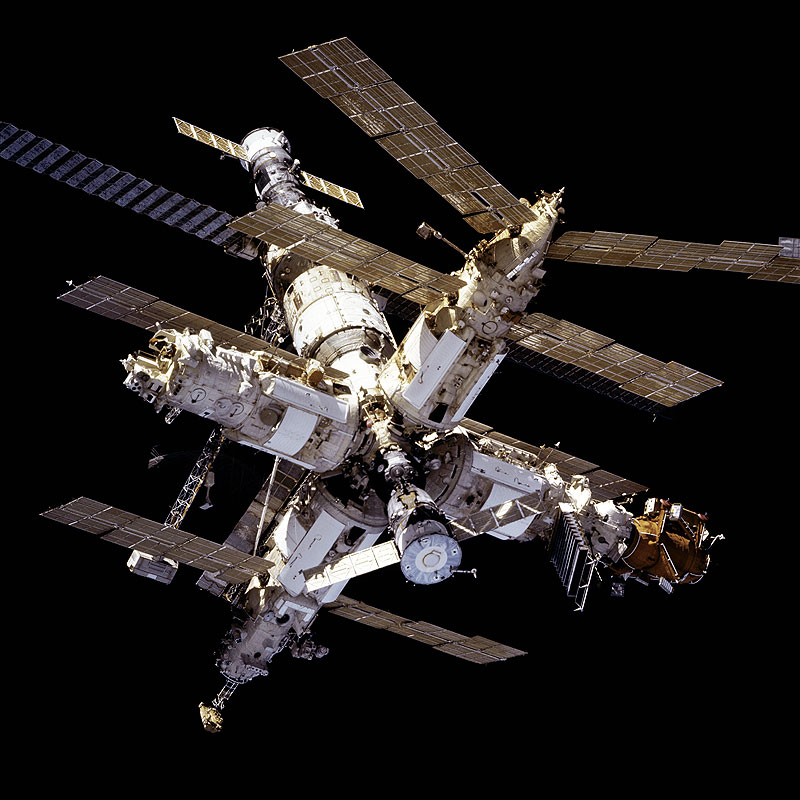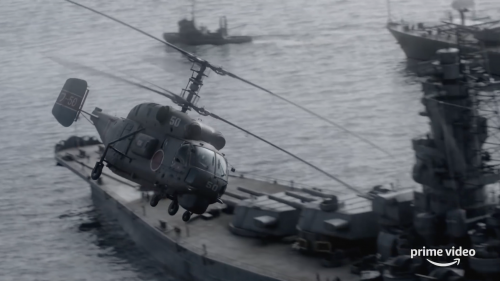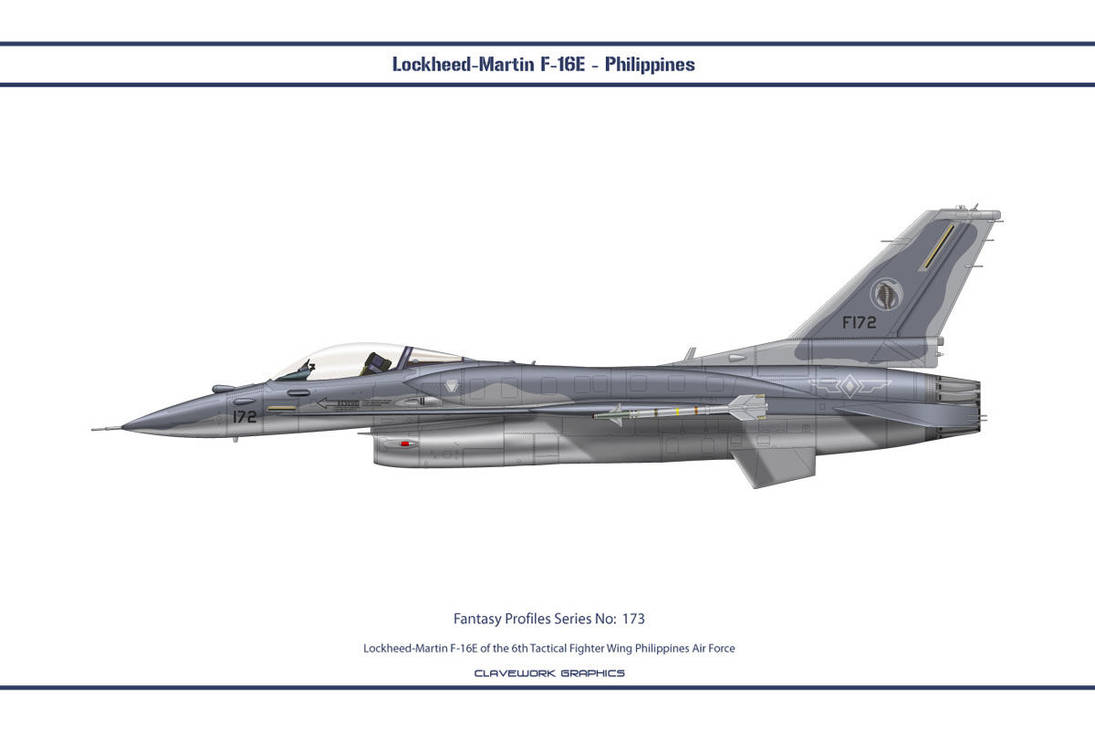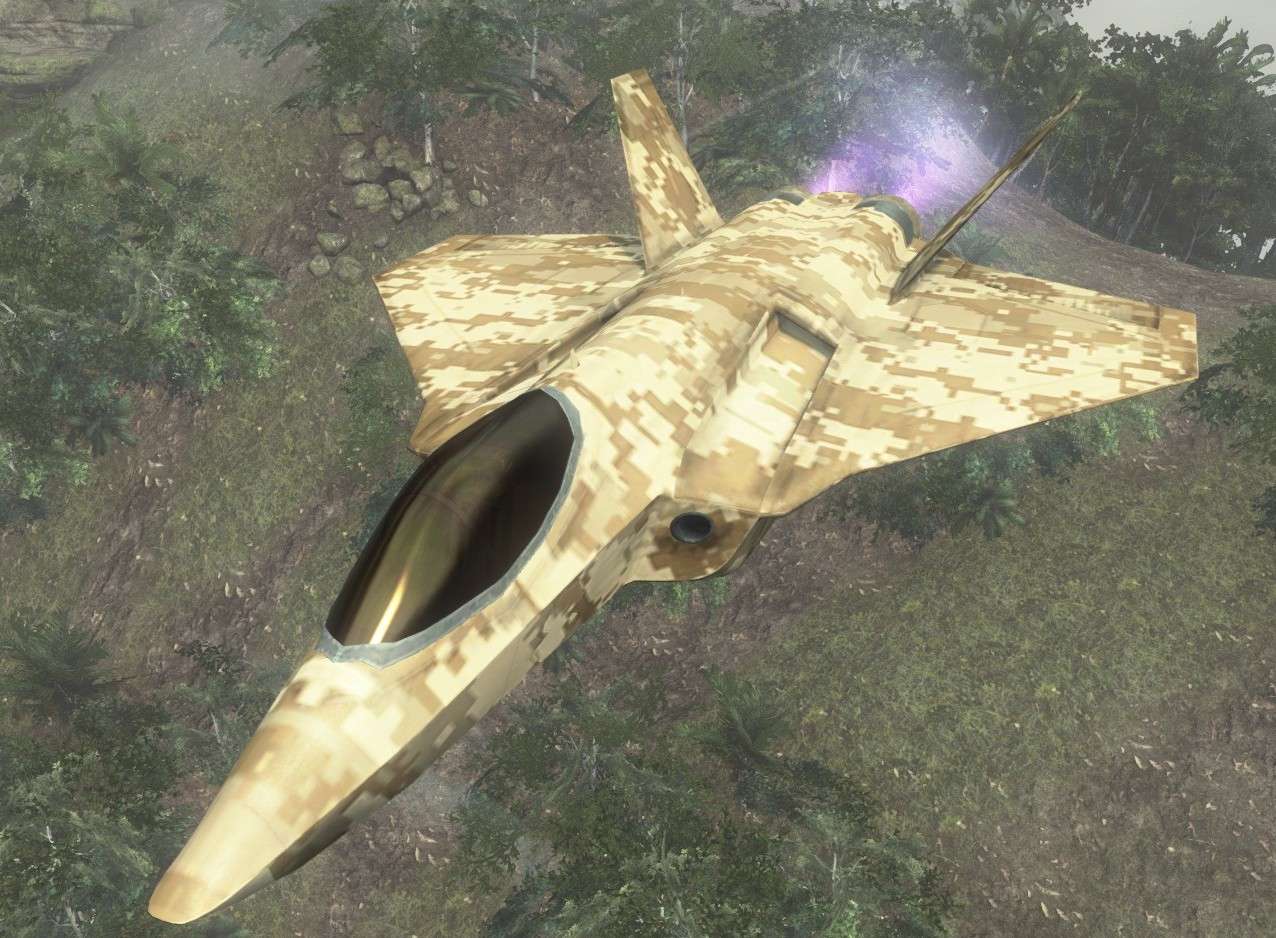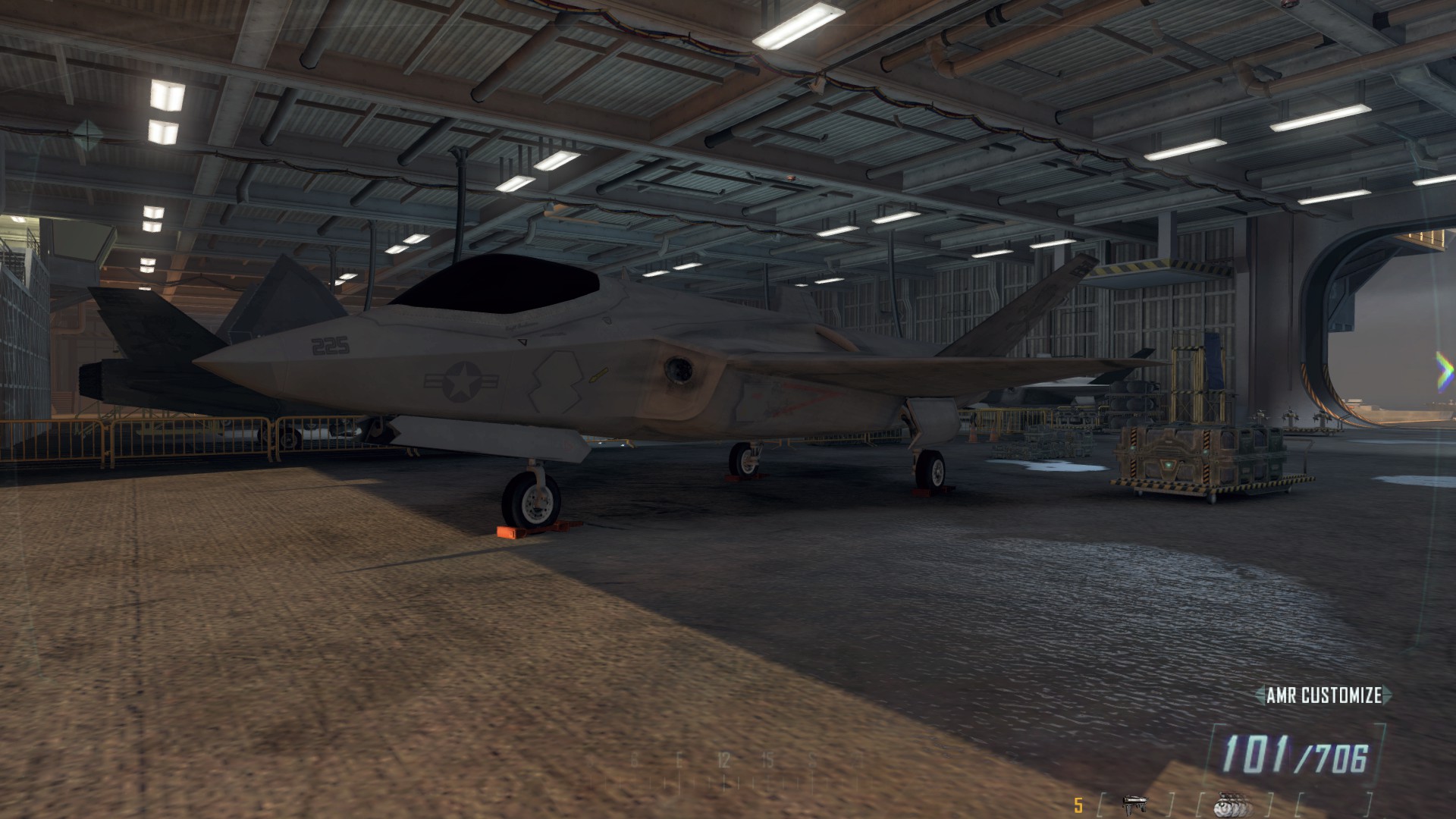Luftwaffe 1946 Color Special, Issue No.1
Luftwaffe 1946, Issue No.3
(Comrade Harps posted this one today!)
(
https://www.whatifmodellers.com/index.php?topic=48220.msg893065#msg893065)
ATF90-91 Parts 1 + 2
PART ONE:
After the UN withdrew from Africa in 1980, the Latin American and Carribean states of the Rio Treaty established a regular cycle of year-long multinational foriegn deployments to meet UN requirements. In addition to individual national deployments, the Air Task Force (ATF) program annually brought together a well-rounded contingent of aviation assets and personnel from across the Rio Treaty members. Each ATF deployed for a financial year and undertook multinational training and forward deployments across the UN’s area of operations.
ATF90-91 included Mexico’s Escuadrón Aéreo 405 (Grumman A-6E TRAM Intruder), Chile's Grupo de Aviación Nº8 (Mirage F1E2C, E2CR and D2C), Cuba’s UM 5010 Escuadrón de Caza (Jaguar CA) and Venezuela's Escuadrón 132 (Mirage 2000EV), plus support assets including KC-135E tankers (Argentina, Brazil and Mexico), C-130H, EC-130H and KC-130H Hercules (Brazil, Mexico and Peru) and airborne early warning E-2C (Mexico). For SAR, liaison, security and special forces deployment, ATF90-91 included Ecuadorian Army UH-1N Twin Hueys and Brazillian Army CAE (Helibras assembled) Ruby Down AS532 UL/AL Cougars.
ATF90-91's “World Tour 90-91” was meant to climax with a six month deployment to Hodeidah, Yemen, after conducting a six month series of major exercises as it transited through the Americas, across the Pacific, and through south-east and south Asia. These included Red Flag 90-3 in July (USA), RIMPAC 90 in August (Hawaii), Cope Thunder in September (Philippines) and Cope Cobra in November (India).
In early August 1991, the Iraqi government collapsed through the combined efforts of an Iranian offensive and Kurdish and Shia revolts in the north and south, respectively. The Iranians proposed to break-up Iraq into separate Kurdish, Shia and Sunni nations, but the UN demanded that Iran withdraw and full Iraqi sovereignty be restored under the legitimate government of Saddam Hussein. Nethermind that Iran had, finally, brought to an end a war that started in 1980 when Hussien’s government launched an unprovoked invasion of Iran, resulting in over a million and a half casualties and that Iraq had denied all attempts at finding a peaceful settlement. But with Iranian tanks now on the border of UN member states Kuwait (itself now effectively occupied by the Iraqi Army) and Saudi Arabia, the UN launched Operation Desert Shield to defend its interests and build-up the necessary military strength to liberate Iraq by force.
As UN units passed through on their way to join Operation Desert Shield, ATF90-91 was held in reserve and not deployed to Yemen as originally planned. Instead, ATF90-91 continued with its programme of exercises and by mid-December they were based at Trincomalee/China Bay in Sri Lanka, on alert to meet possible contingency operations. Making small deployments to India, ATF90-91 increasingly focused on preparing to interdict mobile ballistic missile threats, with a focus on finding and destroying transporter erector launchers (TELs). This was in acknowledgment of an Iranian threat to fire ballistic missiles over Afghanistan and Pakistan (both neutral nations) and into India as a means of drawing India into the looming conflict. This was based on the false premise that bringing India directly into the oncoming war would fracture the support of the UN's Muslin members due to the issue of Kashmir. As Iranian propaganda over Kashmir ramped up and evidence of the mobilisation of its long-range ballistic missile forces increased, so did diplomatic efforts to obtain a UN military presence in Pakistan, along with transit rights through Afghan airspace, should missiles start falling in India. Although Pakistan had collaborated with the Iranians in jointly manifesting a multi-layered ballistic missile capability, it was the Indians who provided their UN allies with valuable intelligence on the Iranian ballistic missile threat.
The UN's campaign to oust Iran from Iraq, Operation Desert Storm, was launched on the night of 16 January 1991. On the17th, Iran fired 3 ballistic missiles at India and 2 more on the 18th. On the 19th, 2 of the 3 missiles fired at India fell in Pakistan, prompting an aggressive rebuke from the Pakistani government, who threatened military action against Iran if more of its missiles crashed into Pakistan. Iran briefly paused its ballistic missile campaign against India, but on the 23rd 2 missiles attacked India and another landed in Pakistan, injuring 3 civilians. The next day, Pakistan and Afghanistan agreed to facilitate an UN-lead response and ATF90-91 was ordered into Pakistan. All of these missiles were conventionally armed weapons, with poor accuracy and small warheads, but it was a widely held belief that Iran had developed chemical warheads for them.
ATF90-91’s combat squadrons deployed to Quetta in Pakistan, with some of the larger support aircraft flying from Nur Khan. It flew its first combat missions into Iran on 27 January. Targets included fixed ballistic missile launch sites in mountains near Mashhad and numerous targets in Mashhad itself, including an airfield, missile fuel and manufacturing facilities, command, control, intelligence and communications facilities,, radars, SAMs plus the many hides where TELs, missiles and fuel were potentially hidden in eastern Iran. The Mexican A-6E combat missions were flown exclusively at night, while each Mirage squadron was split into day and night cells. Venezuela’s Mirage 2000 EVs initially concentrated on providing offensive and defensive fighter support, but as the Iranian fighter threat diminished, they took on fighter-bomber duties. The Chilean Mirage F1 squadron specialised in tasks such as SEAD and photographic and electronic reconnaissance. The Cuban Jaguar crews exclusively flew daylight missions, performing attack, kinetic SEAD and armed photo-reconnaissance missions.
With just four combat squadrons operating over a large and hostile battlespace whilst also defending their support aviation of AEW and tankers loitering over Afghanistan and Pakistan, the crews of ATF90-91 soon became proficient at swing-role missions. Daily taskings routinely saw mixed formations rotating between offensive and defensive tasks, providing mutual support and tag-teaming between duties. Fortunately, the Iranian air defences in their area of operations were weak and no enemy fighters were encountered; however, the SAM engagement zones around the “Mashhad target complex” and a few other sites had to be approached with caution.
Under the cover of this UN intervention, the Pakistani government launched a genocide against the country’s Shia community, civilian riots resulting in mass killings and an exodus of refugees to the Iranian border. Changes in the Pakistani military dictatorship during 1990 had seen a cabal of Pakistani Sunni nationalists seize control; they saw Shia Muslins as a threat and wanted closer relations with the UN. They also wanted to take control of the Shia-dominated Iranian smuggling trade. In response, Iran launched a ballistic missile and shelling campaign against Pakistan, resulting in a series of Pakistani Army border incursions. When the Pakistani government demanded that the UN, and therefore ATF90-91, provide it with direct military assistance, publicly the UN demurred. Secretly, the UN established deconfliction protocols, provided intelligence and ATF90-91 was tasked with delivering non-kinetic support to Pakistan Air Force (PAF) attacks into Iran.
ATF90-91 remained in Pakistan until 3 May 1991, by which time the US President had declared that “major combat operations in Iraq” had ended and the Iranians had signed a ceasefire agreement. The force spent the rest of their deployment time returning home, stopping along the way for several rest and recreation opportunities. Like those involved in the UN’s aerial Scud hunt against Iranian (mostly captured Iraqi) ballistic missiles in Iraq’s Western Desert, the personnel of ATF90-91 claimed the destruction of several Iranian TELs. Like the claims made in the Western Desert Scud hunt, none were confirmed and missiles continued to be fired until the ceasefire. Despite this apparent lack of success, the Indian government refrained from employing the air strike force they had on alert to strike Iran. In many ways, ATF90-91’s campaign has been judged to have been a political, more than a military, success; although, ATF90-91 did succeed in leaving Iran's military and industrial capabilities in its eastern provinces a smoldering mess.
PART TWO:
Canadair/GAF Jaguar International CA
a/c K A140, UM 5010 Escuadrón de Caza, ATF90-91
Quetta, Pakistan
31 January, 1991
Cuba acquired its Jaguar fleet during the early 1980s. All were built to the Jaguar International (Africa) standard and included both single-seat (CA - Cuban Attack) and two-seat (CT - Cuban Trainer) versions. The Jaguar International (Africa) series was an export development designed to meet a 1978 UN requirement to provide new attack jets to its African member states. As part of its Africanization policy, the UN began to withdraw overseas combat forces from Africa in the late 1970s and at the same time initiated a series of programs to modernise African air arms. Operation Golden Cat intended to supply at least 200 aircraft of the Jaguar International (Africa) series to the air forces of Angola, Chad, Kenya, Mozambique, Niger, Nigeria, Sudan, Tanzania and Zaire. All were to be built in Australia by the Government Aircraft Factories (GAF), which had partnered with Canadiar (later, CAE) in designing the Jaguar.
With only UN ”advisors,” “embassy security teams” and “special intelligence forces” left in Africa by the end of 1979, the governments of all the UN’s African member states were overthrown by Reds by the end of 1980. This left GAF’s Jaguar production line without customers, as RAAF deliveries had been completed in 1979 and the UN-funded Jaguars jets going directly into storage. The Jaguar International (Africa) series offered a cheap and effective multirole tactical combat aircraft that featured a laser rangefinder, a photo reconnaissance capability and Rolls Royce Murray Mk.811 turbofans in a durable airframe with good range (potentially boosted via the type’s retractable inflight refueling probe), solid performance and a useful payload. Malaysia, Pakistan, Philippines and Thailand all expressed interest, but the only sales came from Cuba (72 Jaguar International CA/CT) and Indonesia (16 Jaguar IA/IT), production ceasing at 88 airframes. Cuba’s Jaguars replaced EMB-326Ks and F-5A/B/RF-5A Freedom Fighters and Indonesia’s Jaguars replaced F-100D Super Sabres.
The Cuban Air Force’s UM 5010 Escuadrón de Caza was equipped with 12 Jaguar International CA and a single CT for ATF90-91. In addition to their internal pair of Orenda
Yellow Flower 30mm DEFA cannon, the deployment was armed with Mk 82 and Mk 84 bombs and kits to make these into GBU.10 and GBU.12 Paveway II LGBs. All aircraft were integrated with the daylight-only Orenda
Honey Pie Atlis II laser targeting pod. CBUs were Mk.20 Rockeyes and the subsonic CAE
Marshmallow Pie ARMAT missile was used for anti-radar work. Self-defence came from the AIM-L Sidewinder (usually carried singly on the outer starboard pylon), the Phillips Canada
Rose Wine Barax ECM pod and Phillips Canada
Black Coffee Alkan Corail 5020/21 conformal chaff/flare pods. Loadouts usually included two external fuel tanks, an AIM-9L, two Corail pods and a Barax, with the centreline carrying the Atlis II, a single ARMAT, one 2,000lb bomb (Mk84/GBU.10), or two Mk82/GBU.12s or two Rockeyes on a Phillips Canada
Panther Hold Alkan 5010 twin store carrier. Cuban Jaguar ATF90-91 combat missions were mounted exclusively in daylight. The ARMAT was used on SEAD missions, GBU.10s were used against fixed targets with the GBU.12s and Rockeyes carried on interdiction patrols. The Jaguars routinely flew in mixed formations with fighter, ISR and buddy lasing support from the Chilean and Venezuelan Mirages.
This aircraft is depicted as photographed on 31 January 1991. It has 4 mission markings and carries an ARMAT on the centreline pylon. On this day, ATF90-91 mounted a strike package against 2 underground ballistic missile launch sites, and three hardened tunnel and bunker entrances in the mountain range immediately to the west of Mashhad. The GBU.10 was the weapon of choice, with 3 Jaguars also armed with the ARMAT for SEAD. This area was defended by MIM-23A Hawk SAMS, MANPADS and AAA of various calibres and forms of guidance. Additional SEAD was provided by Chilean Mirage F1s carrying ARMATs and the Phillips Canada
Blueberry Rise Caiman jamming pod. Venezealan Mirage 2000 EVs provided fighter escort and sweep. No Iranian fighters were encountered and, despite several SAM launches and plenty of AAA, there were no losses among the strike force.


